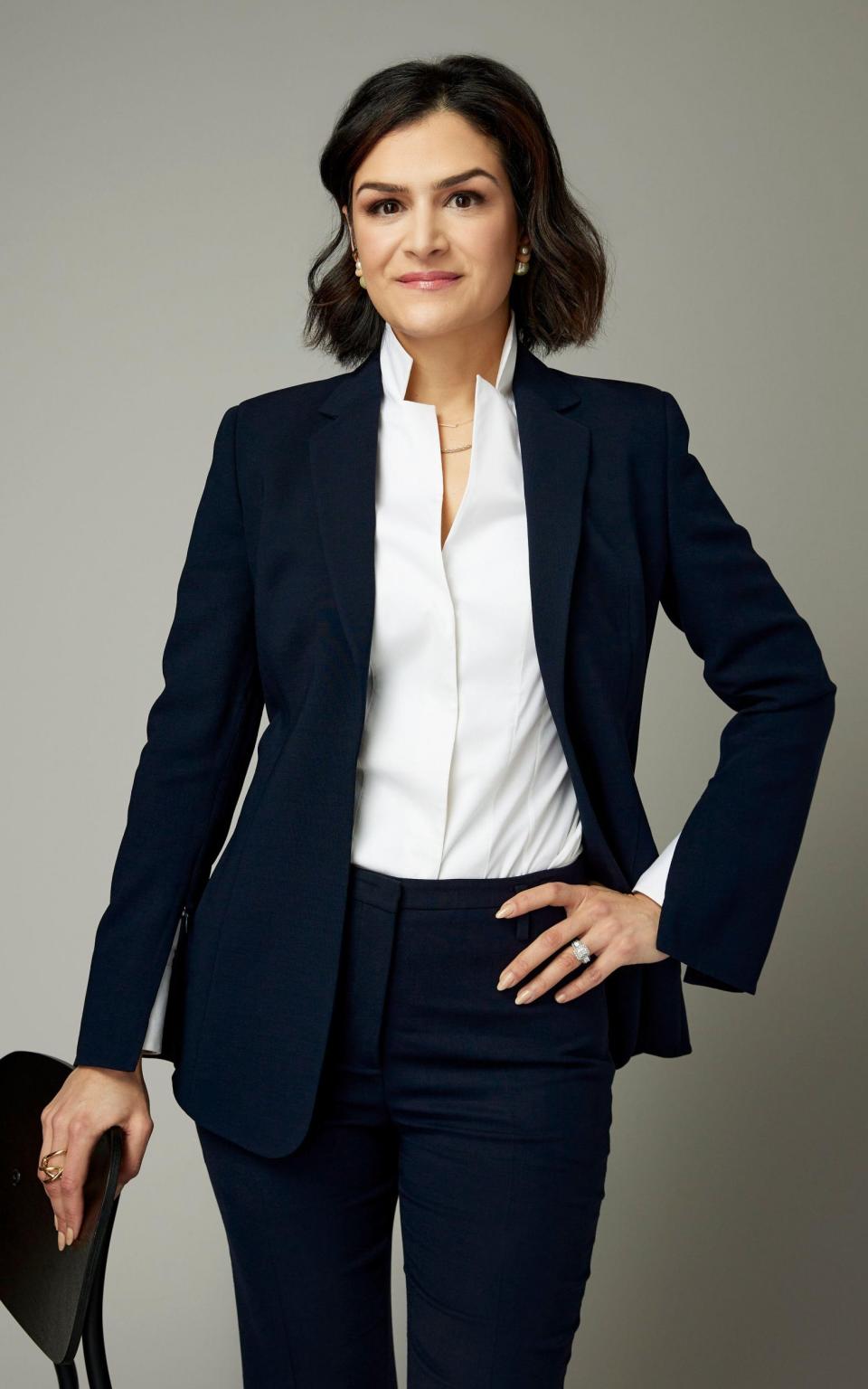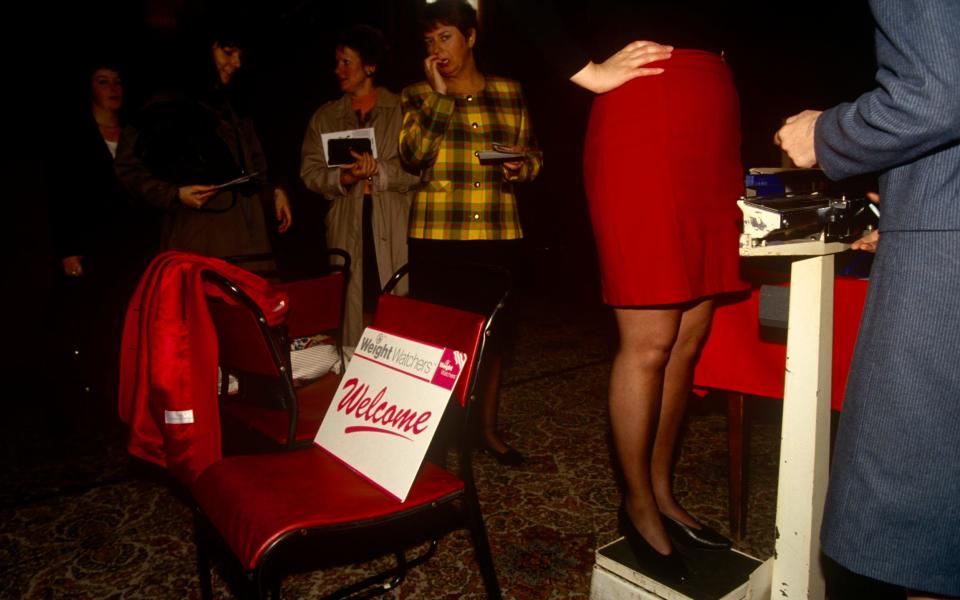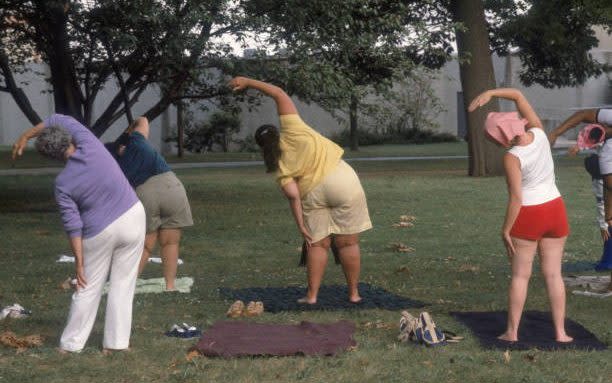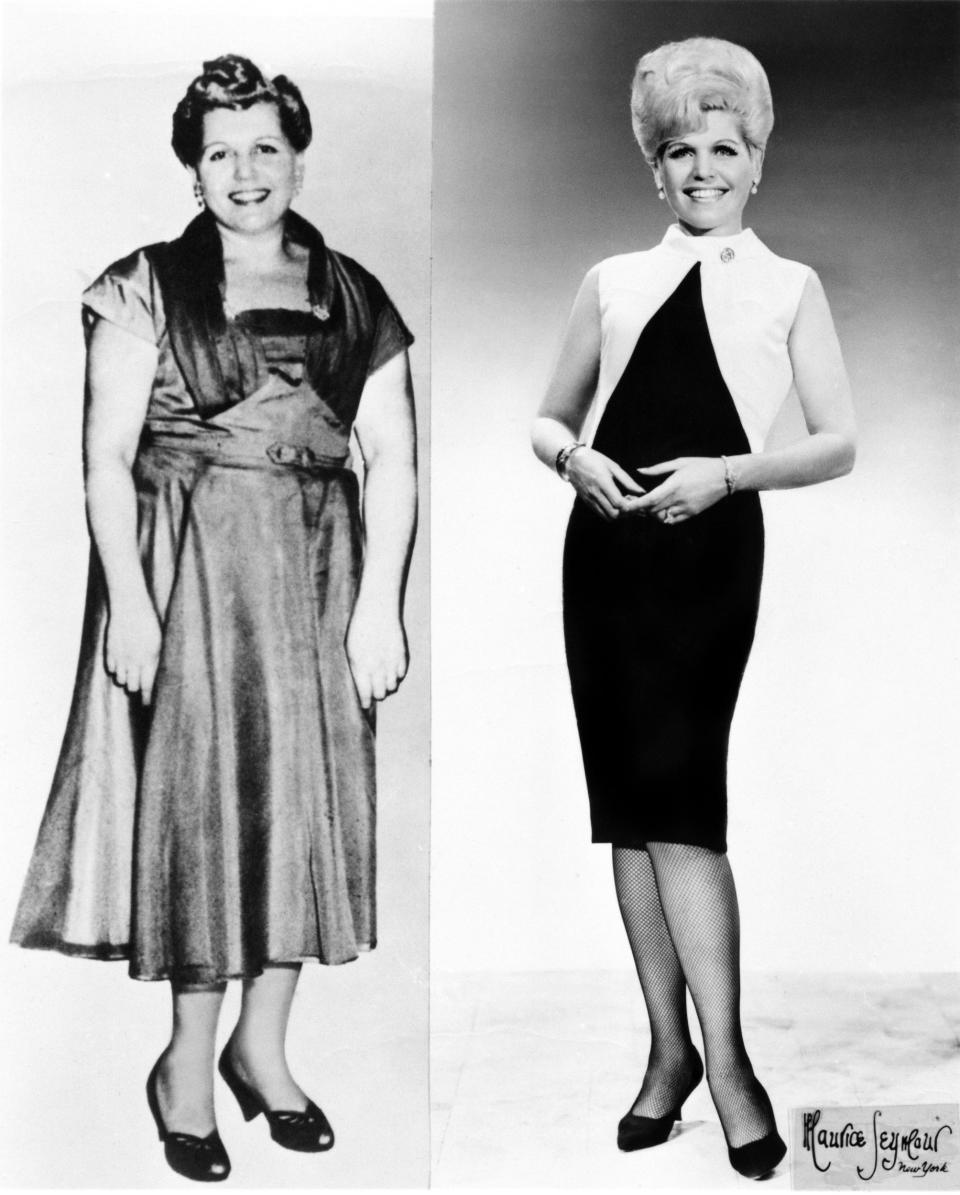WeightWatchers CEO says we ‘got it wrong’ – as even Oprah admits to using weight-loss drugs

When WeightWatchers debuted as the world’s first major diet club 60 years ago, it was hailed as a new dawn for slimming. But in a world where a weekly jab can eradicate your hobnob cravings, and the body positivity movement has been set at odds with weight loss, the programme is at greater than ever risk of becoming obsolete.
Enter Sima Sistani, the 44-year-old former tech founder who, as of last year, is leading WeightWatchers’ charge. Today the company (renamed WW in 2018), which for most still calls to mind weigh-ins in church halls, is launching a programme designed specifically for people taking GLP-1 receptor agonists such as Ozempic and Mounjaro, hoping to draw in those who might otherwise turn their backs on dieting for good.
Yesterday, Oprah Winfrey – whose appointment as an ambassador for the brand was followed by an increase in the membership to 4.5m in 2018 – admitted that she is taking medication to manage her size. “I had an awareness of [weight-loss] medications, but felt I had to prove I had the willpower to do it. I now no longer feel that way… obesity is a disease,” she told People magazine, adding that she is now using GLP-1 receptor antagonists as a management “tool”. Following her revelation, WW said that Winfrey “consulted and advised us on the development of this new programme.”

Having forever relied upon the fact that most people’s weight-loss attempts fail, and will therefore need ongoing diet support for decades, the weight-loss injection era threatens an important revenue stream. Launching in the UK, US and Germany at the usual subscription price of £18.95 per month, WW’s new programme combines advice for those on weight-loss injections with the brand’s points-based system. It will either save the company or seal its fate.
Uber-svelte in a fitted navy dress, Sistani does not appear to be the average WW customer, but she lives and breathes the company message. Having never previously struggled with her size, she “had a really hard time losing the weight” following the birth of her son a decade ago and attempted a juice cleanse and rigorous workout regime to no avail.

That was until her mother, a dietitian, suggested WeightWatchers – a notion that couldn’t have been further from her mind for someone in her field (Sistani co-founded pandemic favourite video app Houseparty, and previously worked at Yahoo). But “it wasn’t until I experienced it for myself, and that it worked” that she realised, “this is not like my mum’s WeightWatchers”. The programme, along with getting a thyroid condition diagnosed, led her to lose 60lbs.
While Sistani has experienced both the efficacy of the original programme and what she sees as the promise of its next chapter, she knows that not everyone is so effusive. “It’s going to take time” to rebrand WW in the majority of people’s minds, she says. “The product has to do that work.” It is no small task: while Winfrey’s partnership with the brand initially boosted membership numbers five years ago, that figure is now down to four million.
In “shapeshifting to a digital health business” (WW appointed its first chief medical officer in August and now operates a telehealth arm where US users can make dietitian and GP appointments, and be prescribed GLP-1 receptors), the company has also found itself facing more competition. Minus the in-person meetings and community connections once at its core, WW is at risk of being just another health-tracking app, fighting for airtime in today’s crowded market (Noom and telemedicine startup Ro also offer GLP-1 programmes) – and one inextricably linked with dieting, now a dirty word.
Sistani admits that the toxicity of diet culture was a factor when deciding whether to take the top role at WW. “I want no part in diet culture [and] I grappled with what it would mean to lead a company that is so deeply associated with it. But where I got myself to was, ‘I need to help reshape that’.”
Sistani believes that weight loss and vanity have become too closely entwined; that people shouldn’t be vilified for wanting to slim down to fit into a certain dress – but that they should want to do so on health grounds, rather than because the perfect body shape has been sold to them in magazines or on social media. “I believe deeply in body positivity. I teach it to my kids, I try to practise it myself,” Sistani says, adding that “self-loathing is at the disservice of losing weight”.
Still, self-loathing is a useful tool, where diet programmes are concerned – ensuring repeat customers who will come back time and again when the pull of the chocolate drawer becomes too strong. WW’s model has, for six decades, insisted that behavioural change and counting “points” in food is enough – something that the raft of weight-loss medications now available appear to show is not the case.
Novo Nordisk, which manufactures Wegovy and Ozempic, is now Europe’s most valuable company. “The science has changed,” says Sistani, who admits that “we got it wrong in the past”. As such, WW’s revamp “begins with apologising about any part of the past where our programme failed anybody [for whom], unfortunately, behaviour change alone wasn’t enough.”

Of course there are still members willing to seek out their local group in the hopes of finding motivation from peers (though how this cohort will react to members who have lost weight via jabs, and therefore “not the hard way”, remains to be seen). Sistani says 20 per cent of meetings now happen in person, and she attends them weekly in New York, where the company is headquartered – though the pandemic has also made the digital shift somewhat inevitable.
She has tried to make the app more closely resemble a social network in order to retain the community element of the programme, and says she receives messages “every single day” from users proudly sharing their weight loss, and the “new lease on life” it has afforded them. (Whether people will continue paying for membership, instead of just shifting to a GLP-1 prescription and using social media for support, is also unclear.)

Though the company has attempted a facelift, Sistani has found that people’s reasons for going on a diet remain largely unchanged: new mothers attempting to revert to their old shape, those looking to reduce pressure on struggling joints, tackling a pre-diabetes diagnosis (WW also runs a programme targeted at diabetes patients), and trying to get in shape after cancer or ahead of an event such as a school reunion. Though excess weight “isn’t a gendered problem”, members remain primarily women aged 35-45.
In spite of appearances, Sistani assures me that she is 1.8lbs over her target weight at present; as such, she is dutifully monitoring her food intake (and not so much as glancing at the cookies the hotel waiter places optimistically between us) via the WW app until it drops back down, at which point she’ll retire it until next in need.

She works out five times a week, typically alternating something high intensity, like a Peloton class, with lower intensity yoga. A post-workout smoothie usually follows, while family dinners for her husband, son and six-year-old daughter tend to include “a lot of taco nights” – ground turkey or lean chicken with vegetables, refried beans and rice, or salmon, or pasta (typically lentil, which is higher in protein).
She is happy to trade tips, woes and wins with others on the WW app, both in a personal capacity and in her role as CEO. (She also shares her regimen on social media, proffering smoothie recipes while wearing a jumper that reads “saving my points for wine”.) Does the weight of people’s struggles ever become overwhelming? “It’s a great sense of purpose, I will say that.”

The biggest challenge at present is the company’s attempt to “shift the narrative around policy and coverage” of obesity medication; Sistani believes the US government should pay for jabs for those most in need (in the UK, those who meet eligibility criteria can be prescribed it by the NHS).
With leading health bodies globally declaring obesity a chronic disease – and the fifth-leading killer in the world – “I think it’s criminal that we’re not providing these medications and covering them… we would never say that if we found a cure for cancer; we’d never say that if we found a cure for Alzheimer’s, Parkinson’s. And these medications, they are a cure.”
Knowing that there are drugs which can ultimately eradicate much of a problem that currently kills 2.8m people per year, but that governments won’t grant free access to them, ultimately comes down to “what value to put on life,” she thinks. While eating less and moving more may be useful for those who need to lose a stone or two, it is an existing “bias” towards people with long-term obesity that continues to prevent it being seen as any other chronic illness that requires medical treatment.
It’s a conundrum a long way away from Sistani’s days in tech. “[This] was not a space I’d ever thought that I would be in [but] it makes me feel like we’re doing good work,” she says of her new juncture. “What we do is saving people’s lives every single day.”


